Bayesian Statistics (SL_111)
About Study Course
Prerequisites
• Familiarity with most common discrete and continuous distributions as well as basic notions of probability.
• Familiarity with basics of statistical inference and Maximum likelihood estimation (MLE).
• Linear models with different types of dependent variables.
• In lab sessions we will learn how to use R, so basic knowledge in R is also required.
Learning outcomes
1.• Understand the difference between various interpretations of probability.
• Classify and articulate the key components of Bayesian Inference.
• Distinguish the key aspects, and applications, of prior distribution selection and associated considerations.
• Describe the role of the posterior distribution, the likelihood function and the posterior distribution in Bayesian inference about a parameter.
• Interpret statistical simulation-based computational methods.
1.• Formulate Bayesian solutions to real-data problems, including forming hypotheses, collecting and analysing data, and reaching appropriate conclusions.
• Calculate posterior probabilities using Bayes’ theorem.
• Derive posterior distributions for a given data model and use computational techniques to obtain relevant estimates.
• Operate Bayesian models and provide the technical specifications for such models.
• Apply Bayesian computation using Markov chain Monte Carlo methods using R.
1.• Assess the Bayesian framework for data analysis and when it can be beneficial, including its flexibility in contrast to the frequentist approach.
• Use independently statistical analyses in practice by using simulation-based computational methods, to present the results and findings orally and in writing.
• Determine the role of the prior distribution in Bayesian inference, and the usage of non-informative priors and conjugate priors.
• Interpret the results of a Bayesian analysis and perform Bayesian model evaluation and assessment.
Study course planning
| Study programme | Study semester | Program level | Study course category | Lecturers | Schedule |
|---|---|---|---|---|---|
| Biostatistics | 2 | Master's | Limited choice |



